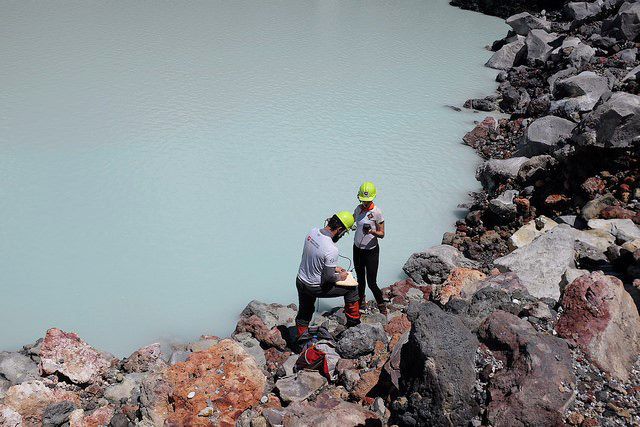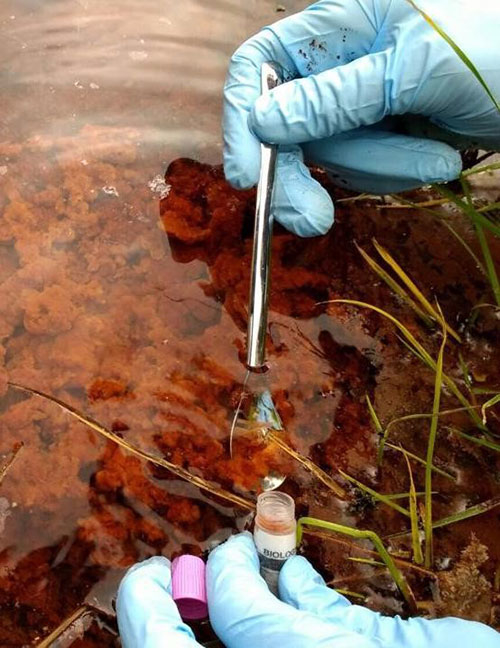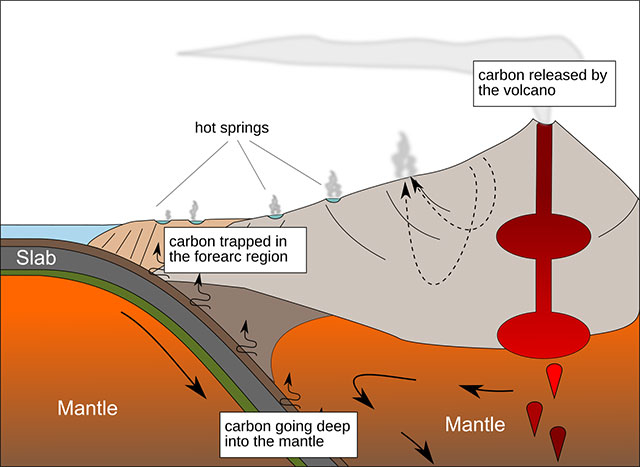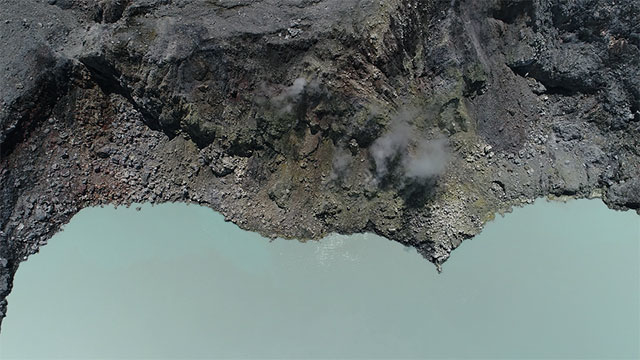1Department of Earth Sciences, University of Oxford, Oxford, UK.
2California Water Science Center, USGS, San Diego, CA, USA.
3Observatorio Volcanológico y Sismológico de Costa Rica (OVSICORI), Universidad Nacional, Heredia, Costa Rica.
4Department of Earth and Planetary Sciences, University of New Mexico, Albuquerque, NM, USA.
5Institute of Institute for Marine Biological and Biotechnological Resources, National Research Council of Italy (CNR-IRBIM), Ancona, Italy.
6Department of Marine and Coastal Science, Rutgers University, New Brunswick, NJ, USA.
7Earth-Life Science Institute, Tokyo Institute for Technology, Tokyo, Japan.
8Department of Earth and Environmental Sciences, Michigan State University, East Lansing, MI, USA.
9Department of Geology, Southern Illinois University, Carbondale, IL, USA.
10Geophysical Institute, University of Alaska, Fairbanks, AK, USA.
11Graduate School of Oceanography, University of Rhode Island, Kingston, RI, USA.
12Volcanes Sin Fronteras (VSF), San Jose, Costa Rica.
13Department of Earth and Marine Sciences, Università degli Studi di Palermo, Palermo, Italy.
14Department of Earth, Atmospheric and Planetary Sciences, Massachusetts Institute of Technology, Cambridge, MA, USA.
15Department of Earth Sciences, University of Florence, Florence, Italy.
16Dipartimento di Scienze della Vita e dell'Ambiente (DISVA), Università Politecnica delle Marche (UNIVPM), Ancona, Italy.
17CoNISMa, Consorzio Nazionale Interuniversitario Scienze del Mare, Rome, Italy.
18Department of Microbiology, University of Tennessee, Knoxville, TN, USA.
19Department of Earth and Atmospheric Sciences, Cornell University, Ithaca, NY, USA.
20NordVulk, Institute of Earth Sciences, University of Iceland, Reykjavík, Iceland.
21School of Earth and Space Exploration, Arizona State University, Tempe, AZ, USA.
22Geosciences Research Division, Scripps Institution of Oceanography, University of California, San Diego, CA, USA.
23Department of Earth and Planetary Sciences, Washington University in St Louis, St Louis, MO, USA.
24Institute of Marine Sciences, Middle East Technical University, Erdemli, Turkey.
25Present address: Marine Chemistry and Geochemistry Department, Woods Hole Oceanographic Institution, Woods Hole, MA, USA.
26Present address: Department of Biology, University of Naples Federico II, Naples, Italy.
27Present address: Johnson Space Center, NASA, Houston, TX, USA.
. Any information published on this site will be valid in relation to Science Tokyo.






